|
5/27/2023 0 Comments The Difference Between Sight Words and High-Frequency Words: Clearing the ConfusionDo you find yourself puzzled by the terms "sight words" and "high-frequency words"? Are you unsure about their differences and how to approach teaching them effectively? You're not alone. In this blog post, we'll unravel the mysteries surrounding these two concepts and shed light on their true meaning. Unlocking the Power of Words: Understanding Sight Words vs. High-Frequency WordsWords play a vital role in reading fluency and comprehension, but when it comes to terms like "sight words" and "high-frequency words," there's often confusion and misunderstanding. Let's delve into the distinction between these terms and explore how they impact reading instruction. Sight Words:
A sight word is ANY word a student can recognize by sight. (I like to define "sight" here in terms of automaticity so less than 3 seconds to read.) High-Frequency Words:
Understanding the Overlap:A sight word can be a high-frequency word. Think of your Dolch and Fry Word Lists! It's essential to recognize that while sight words and high-frequency words share similarities, not all high-frequency words are necessarily sight words. Many high-frequency words can be sounded out or have recognizable patterns that can be decoded. This realization shifts our perspective on how we approach teaching these words to students. The key misconception is that sight words are solely words that can't be sounded out, which is not entirely accurate. We used to think sight words were words that couldn’t be sounded out which then meant that they needed to be memorized as whole words which would be read "by sight". This is wrong! Many sight words CAN be sounded out or at the very least, have many recognizable patterns that can be sound out. Empowering Teaching Strategies:Kilpatrick says… when a student memorizes a sight word, they have really memorized the sequence of letters they see in a word. So how can we support this in our teaching? We can group high frequency words for teaching and map sounds for spelling.
You can save yourself some time by grabbing my word lists organized by phonics skills HERE.
As educators, it's crucial to understand the nuanced differences between sight words and high-frequency words. By dispelling the misconceptions and focusing on effective teaching strategies, we can empower our students to develop strong word recognition skills and enhance their reading abilities. Remember, teaching sight words is not about rote memorization but about helping students build connections between sounds and letters. Let's embrace the power of words and guide our students on their journey to reading success. If you want to dive deeper into my approach to teaching sight words and discover practical strategies to enhance your instruction, click HERE to learn more. Together, let's create a foundation of literacy skills that will empower our students to thrive. Happy & Healthy Teaching! PEACE, Miss Rae Related Blogs
0 Comments
So how do you teach students to write constructed response answers
|
CategoriesAll Comprehension CoPlanning CoTeaching Directed Reading DIY Fluency Fountas & Pinnell Graphic Organizers Guided Reading Lesson Planning Multi-Tiered Systems Of Support Phonological Awareness RAN Read And Respond Reading Reading Assessments Reading Comprehension Response To Intervention RTI Science Of Reading Science Of Reading For Special Education Teachers Special Education Special Education Eligibility Special Education Lesson Planning Teaching Strategy Visualizing & Verbalizing Visual Texts Vocabulary Writing Writing In Response To Reading |
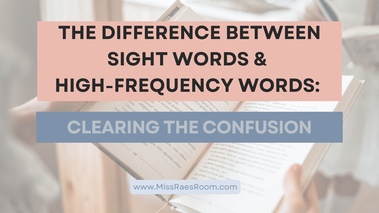
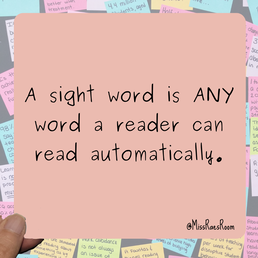
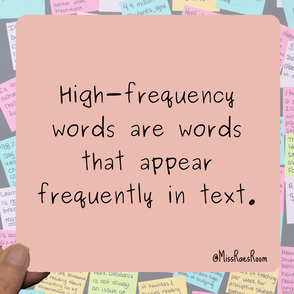
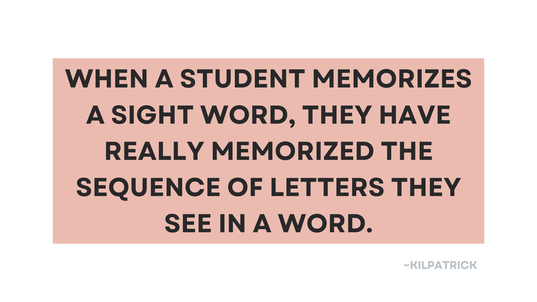
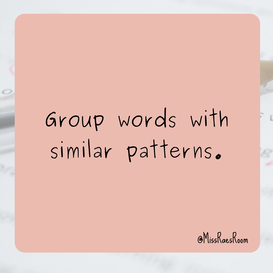
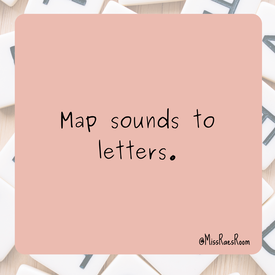
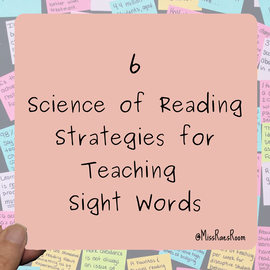
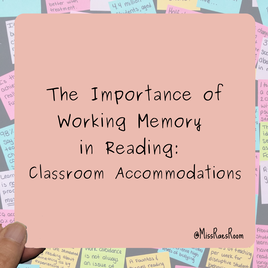
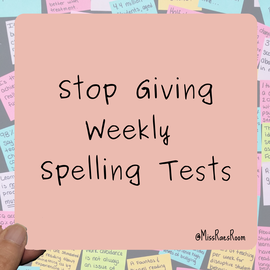
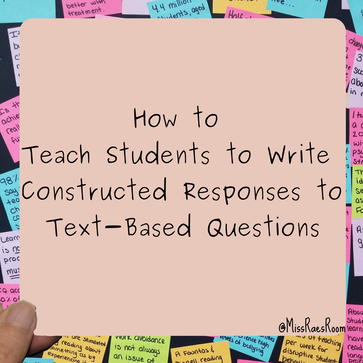
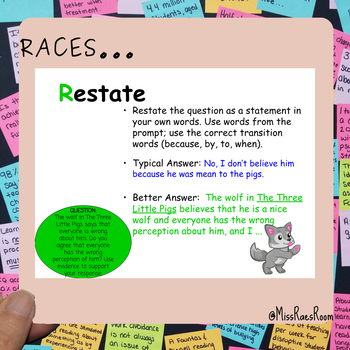
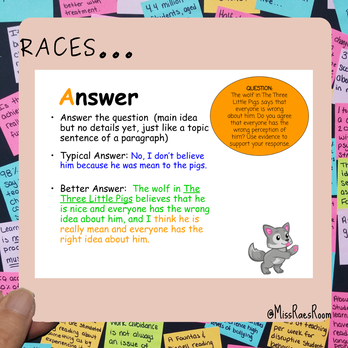
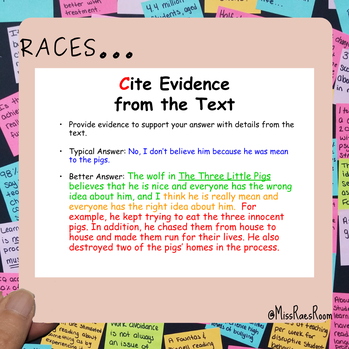
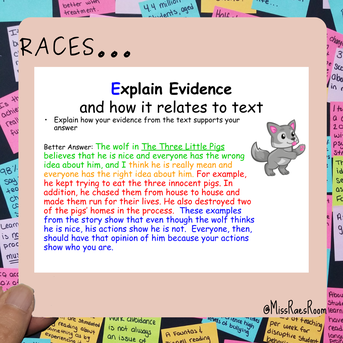
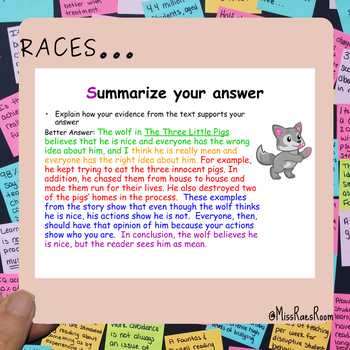
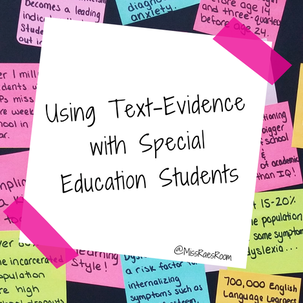
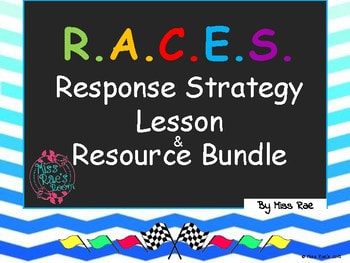
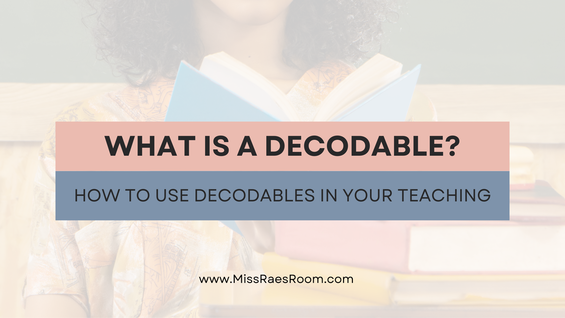
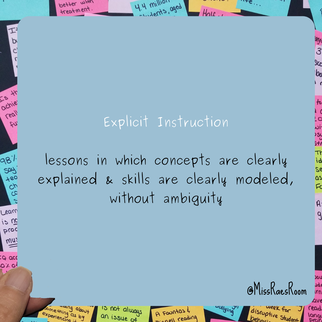
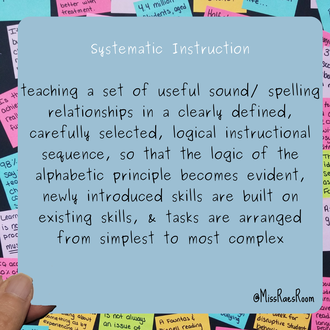
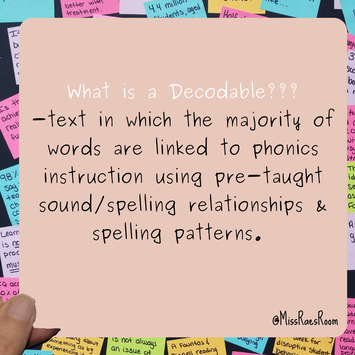
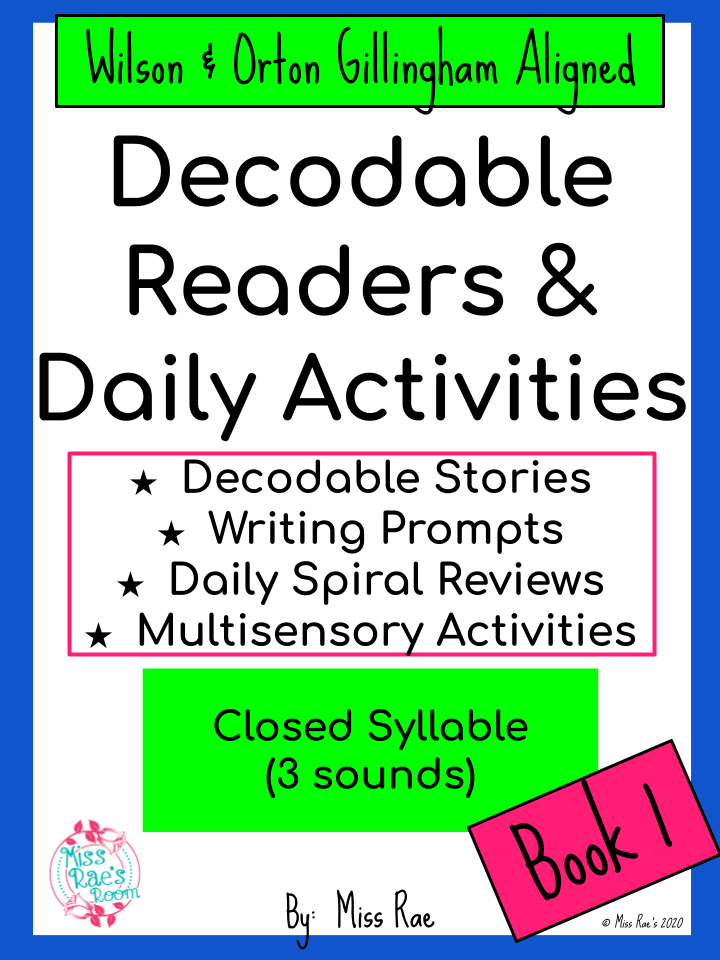
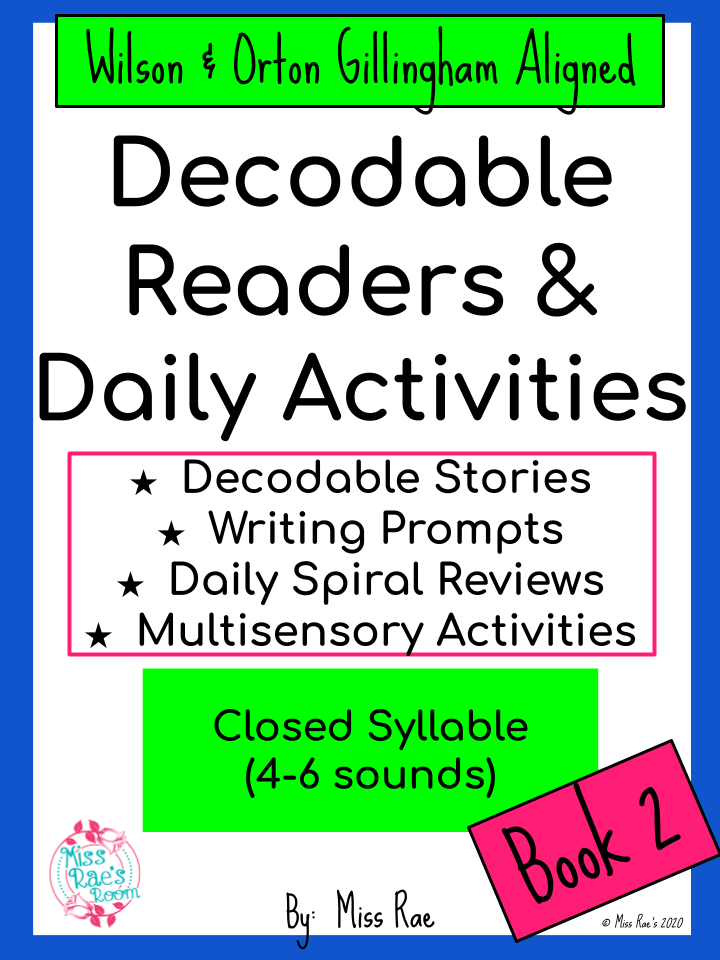
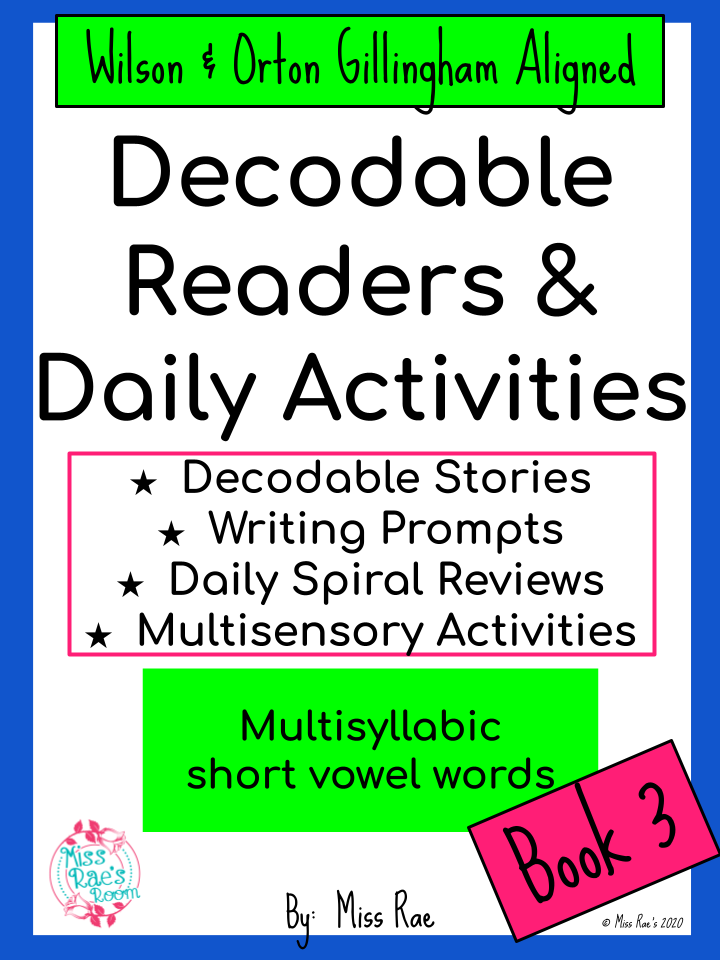
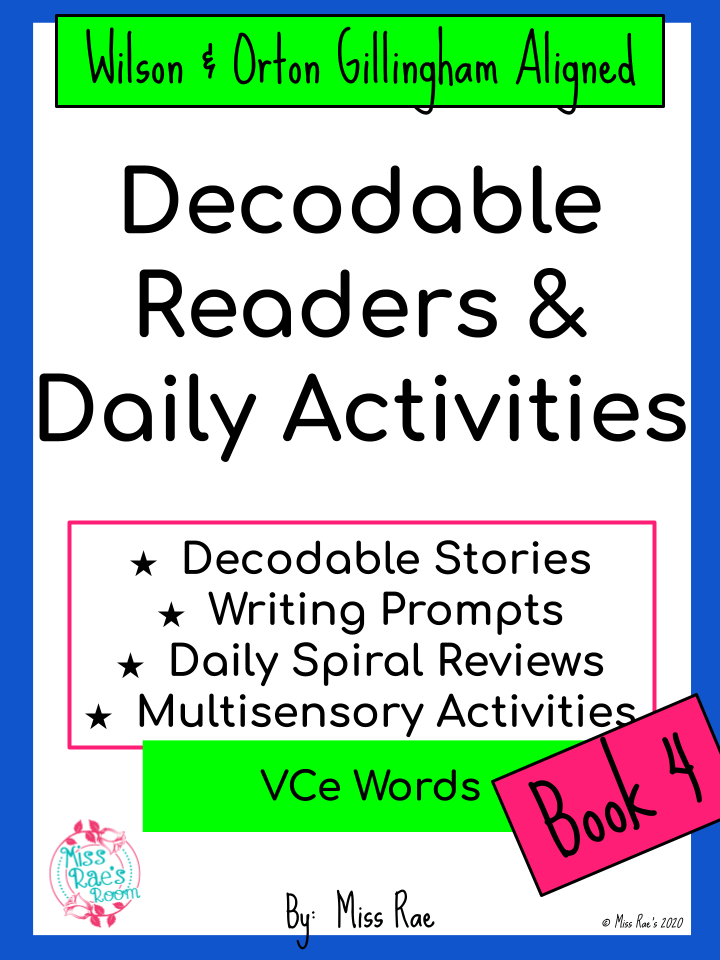
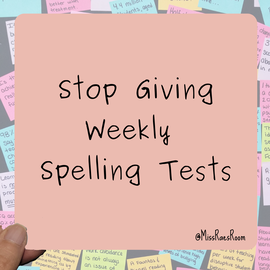
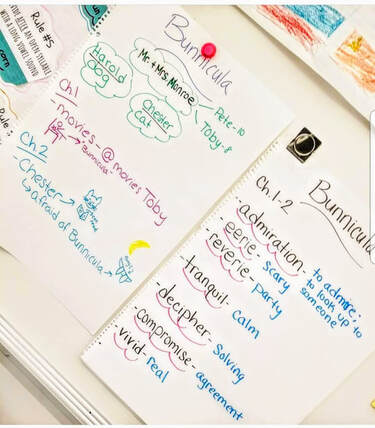
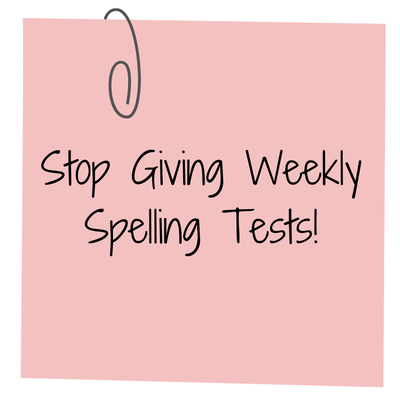
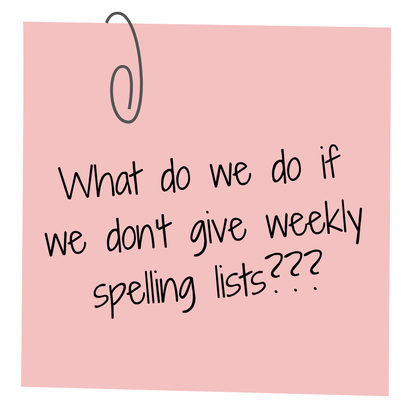
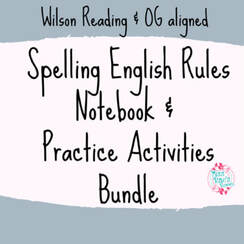
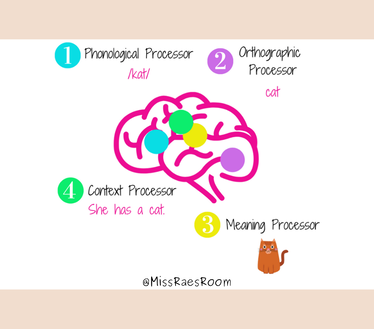
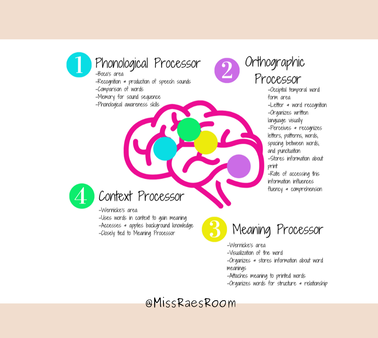
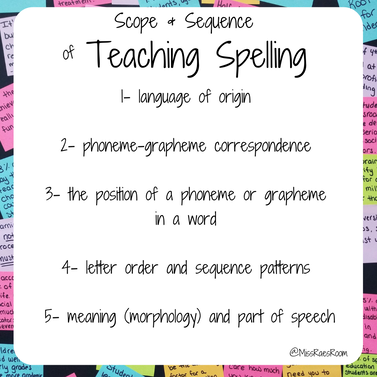
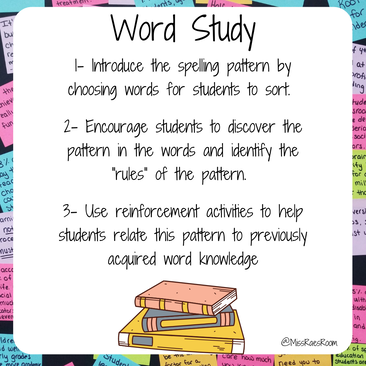
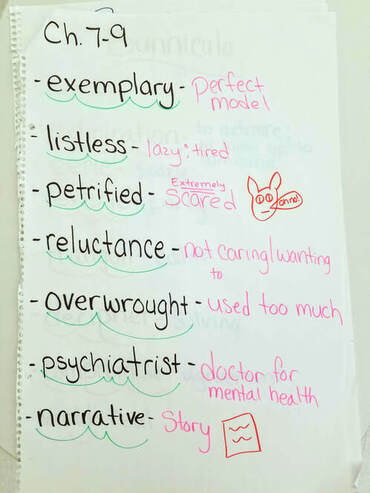
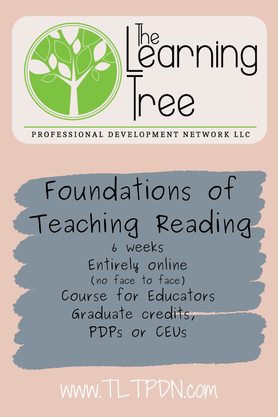
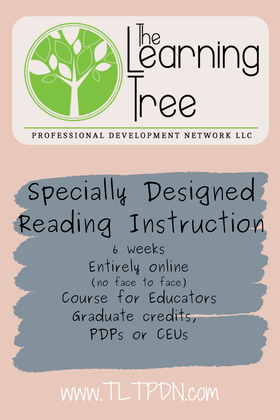
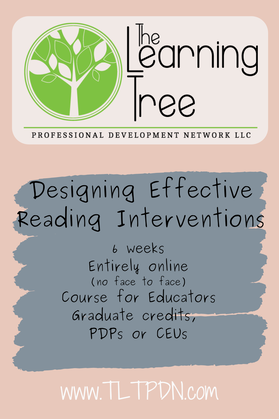
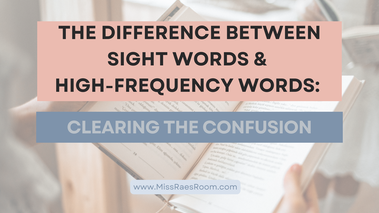
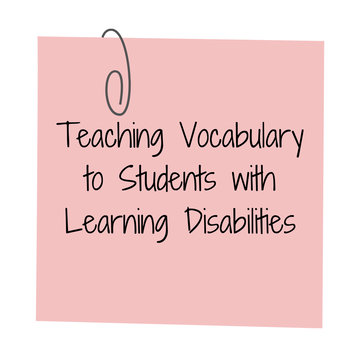
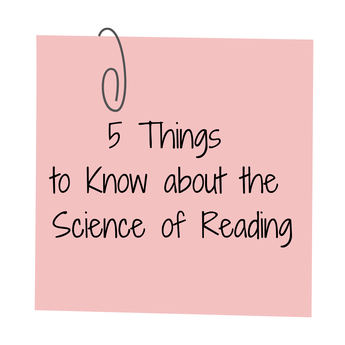
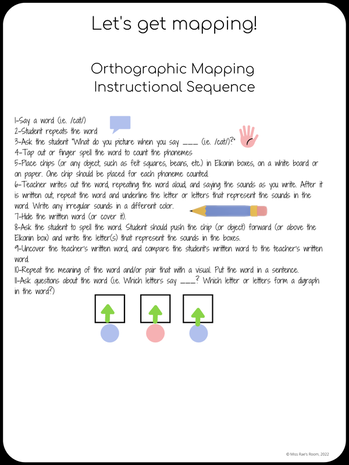
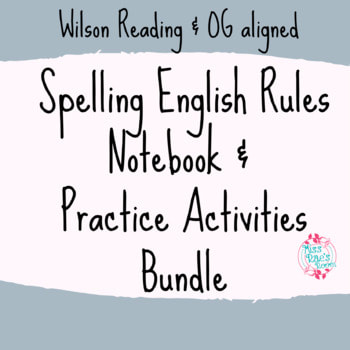
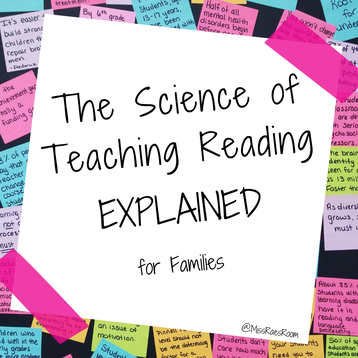
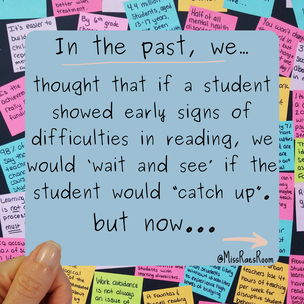
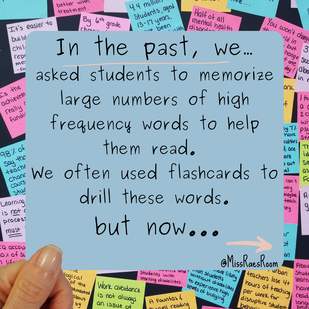
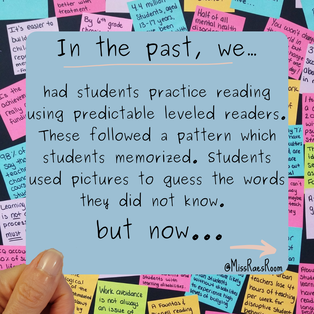
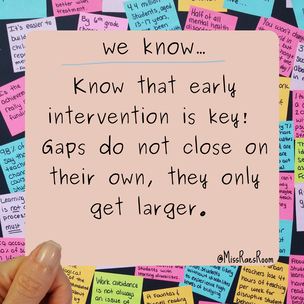
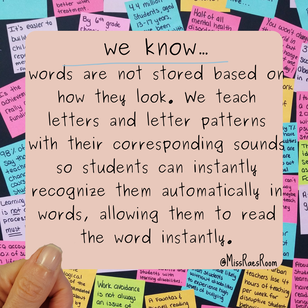
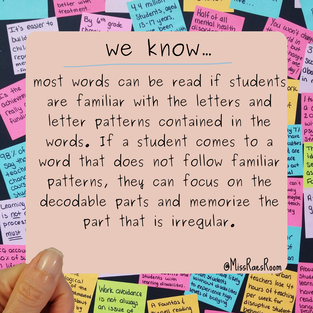
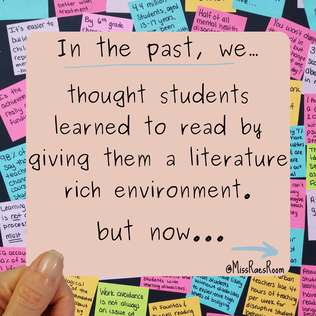
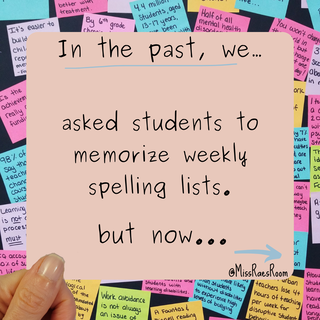
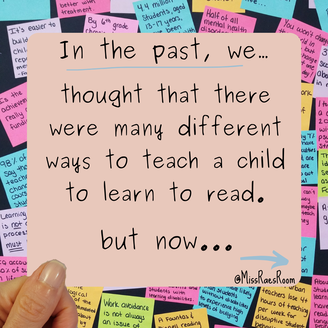
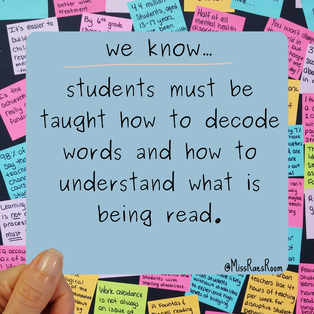
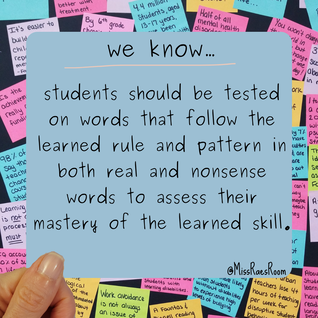
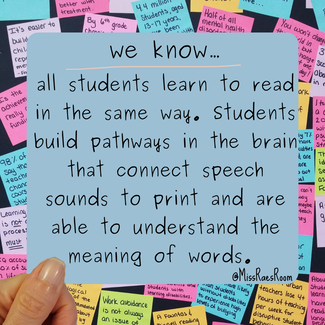
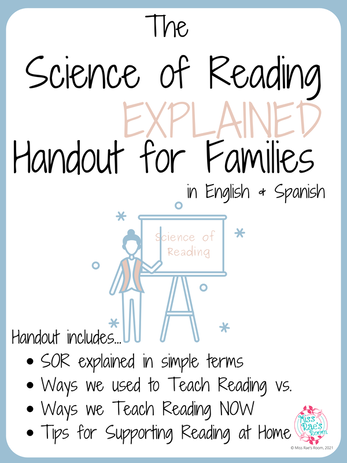
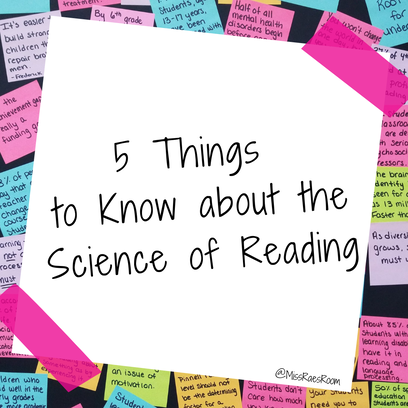
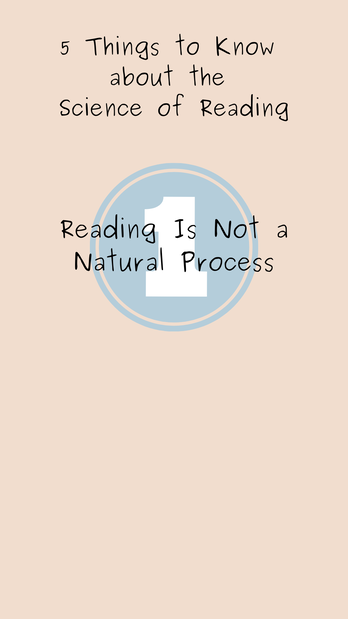
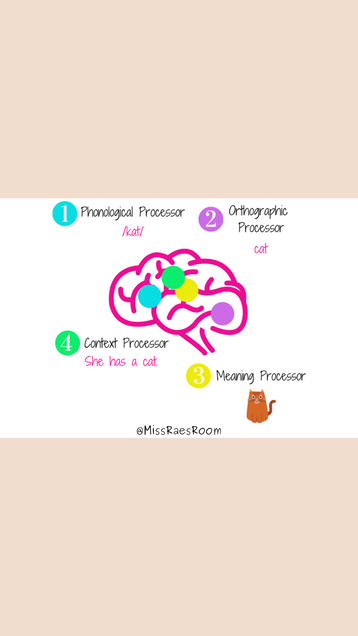
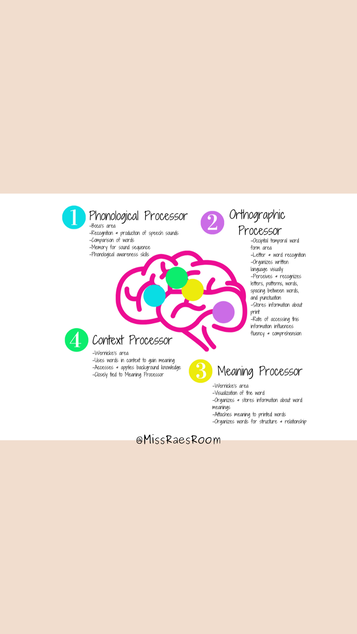
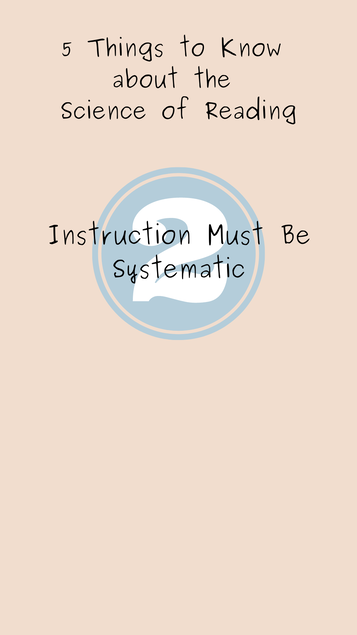
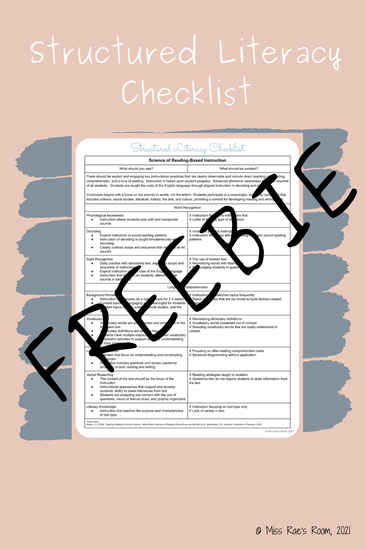
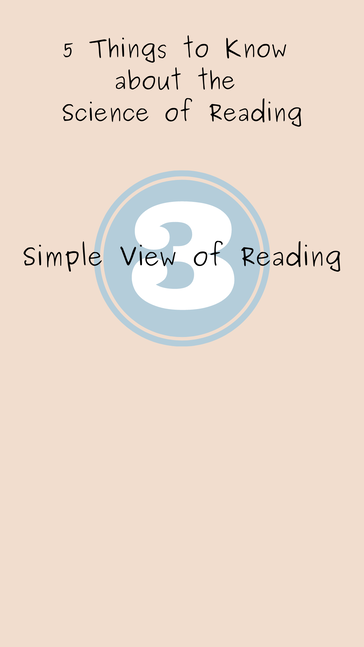
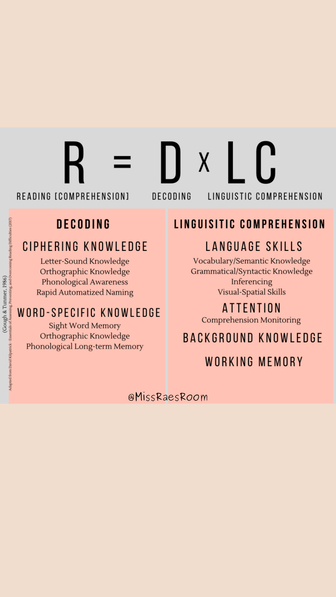
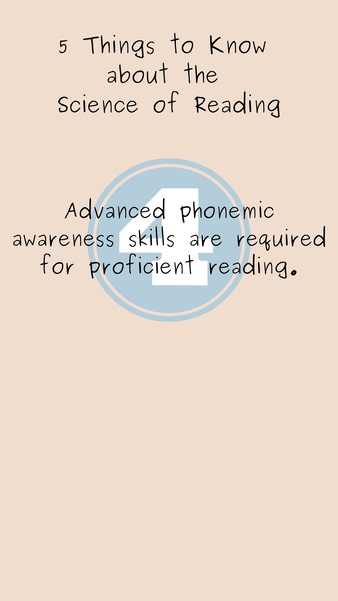
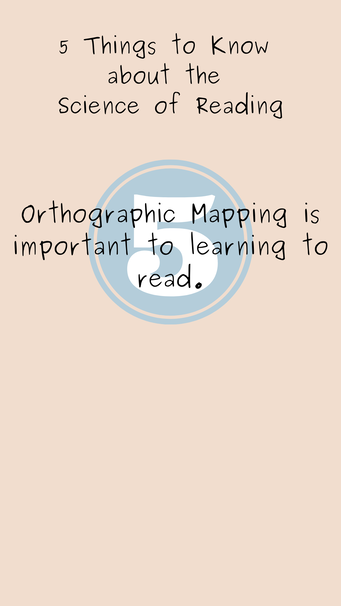
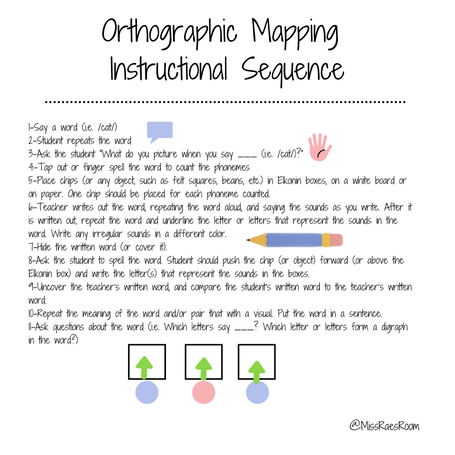
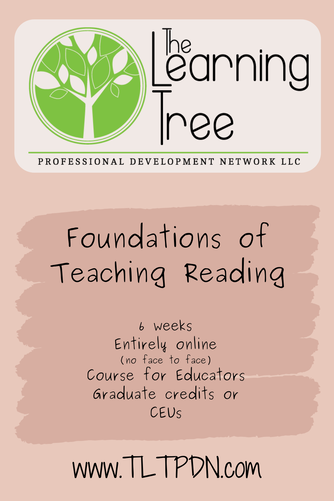
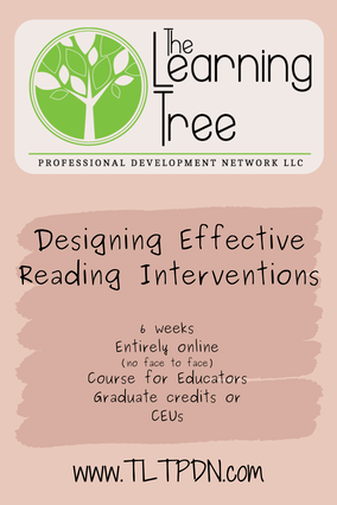
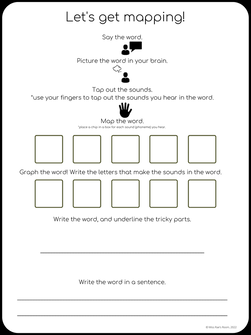
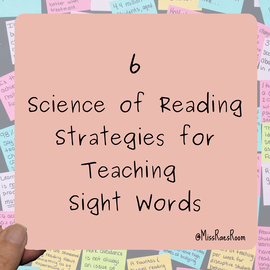
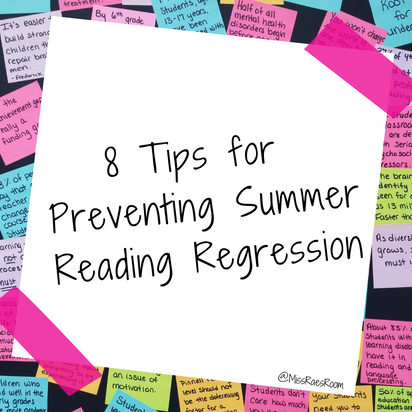
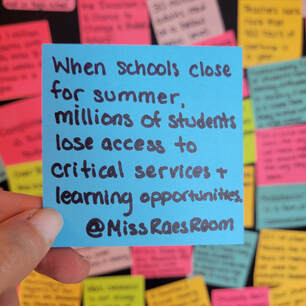
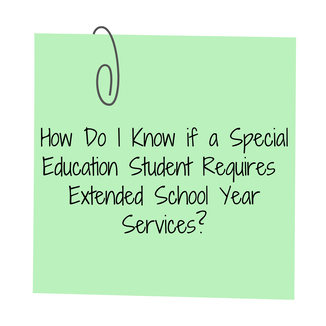
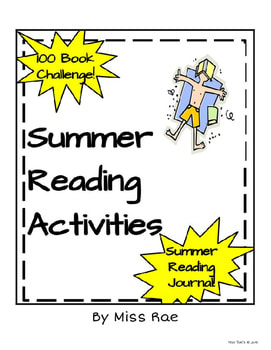
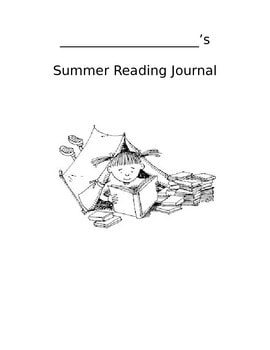
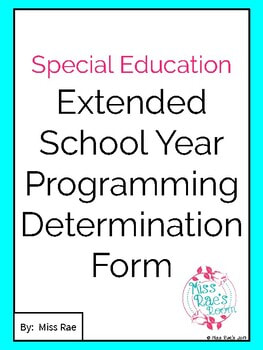
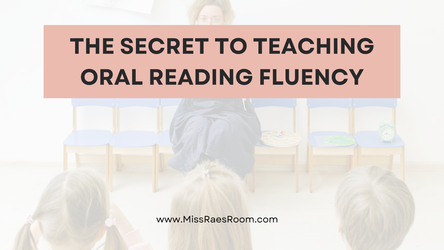
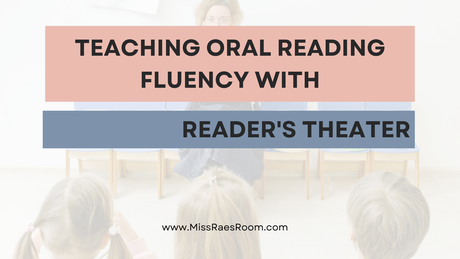

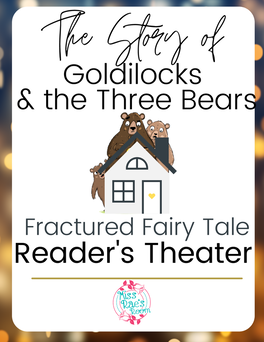
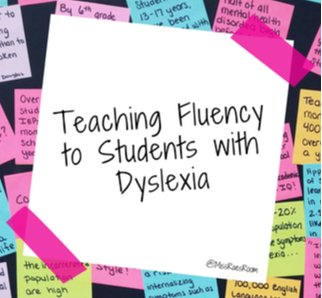
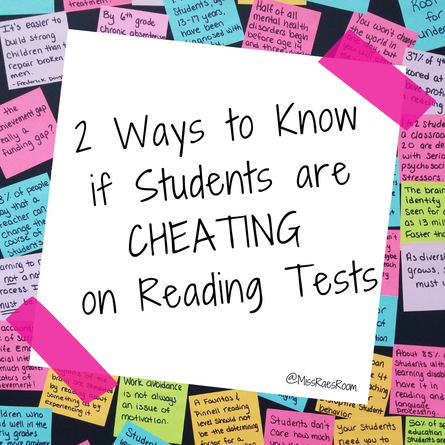
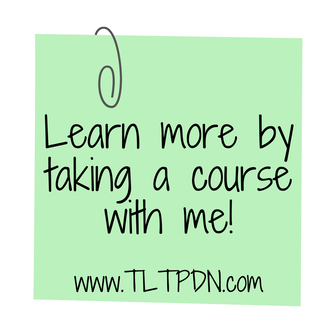
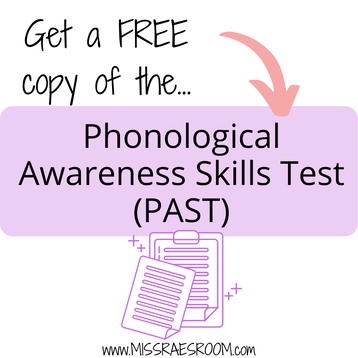
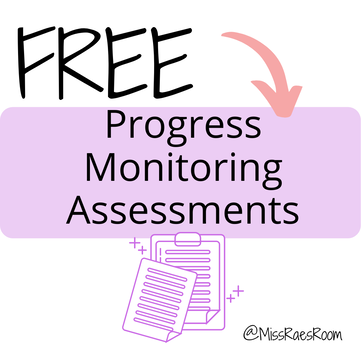
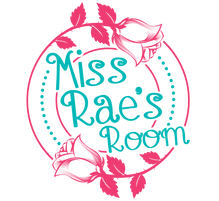
 RSS Feed
RSS Feed